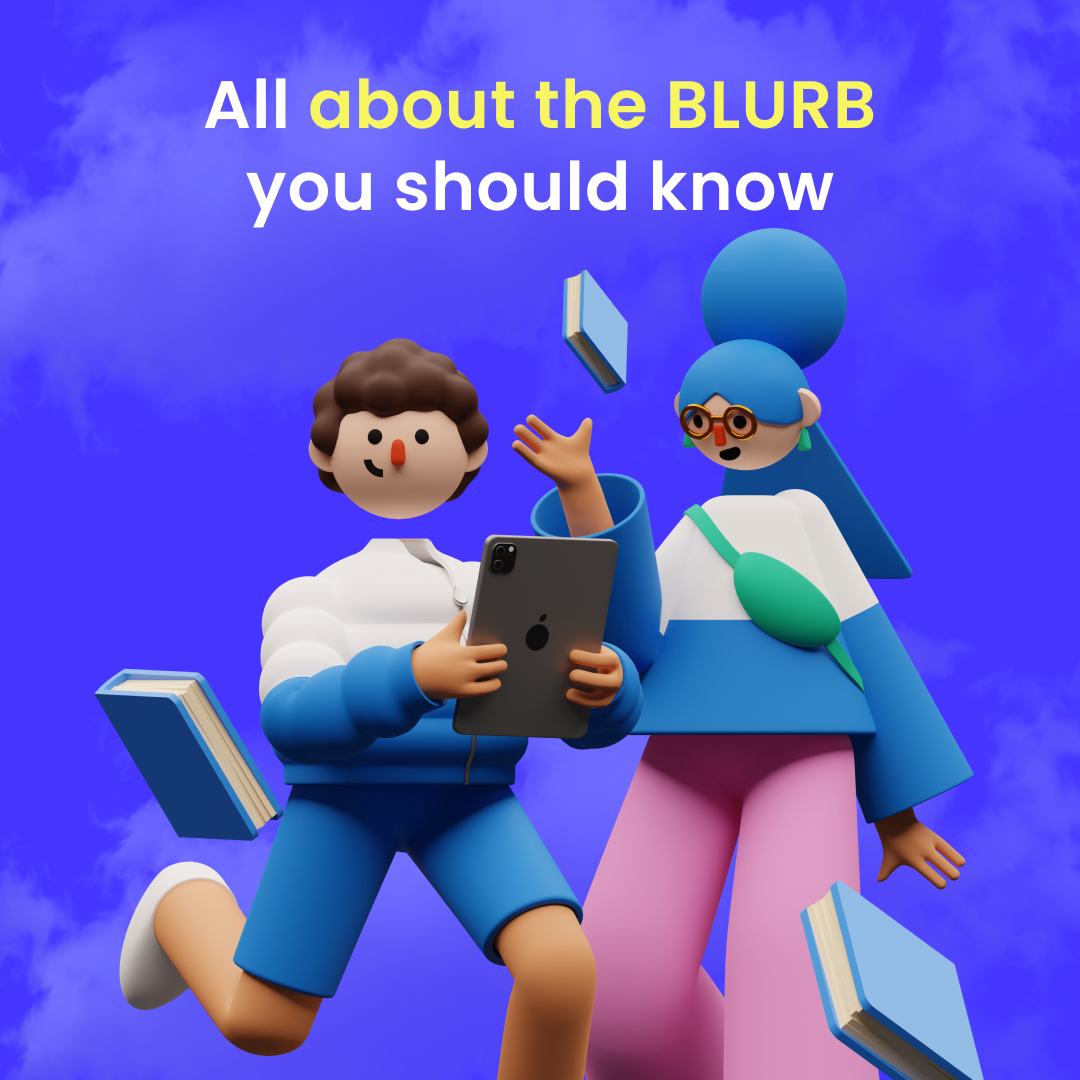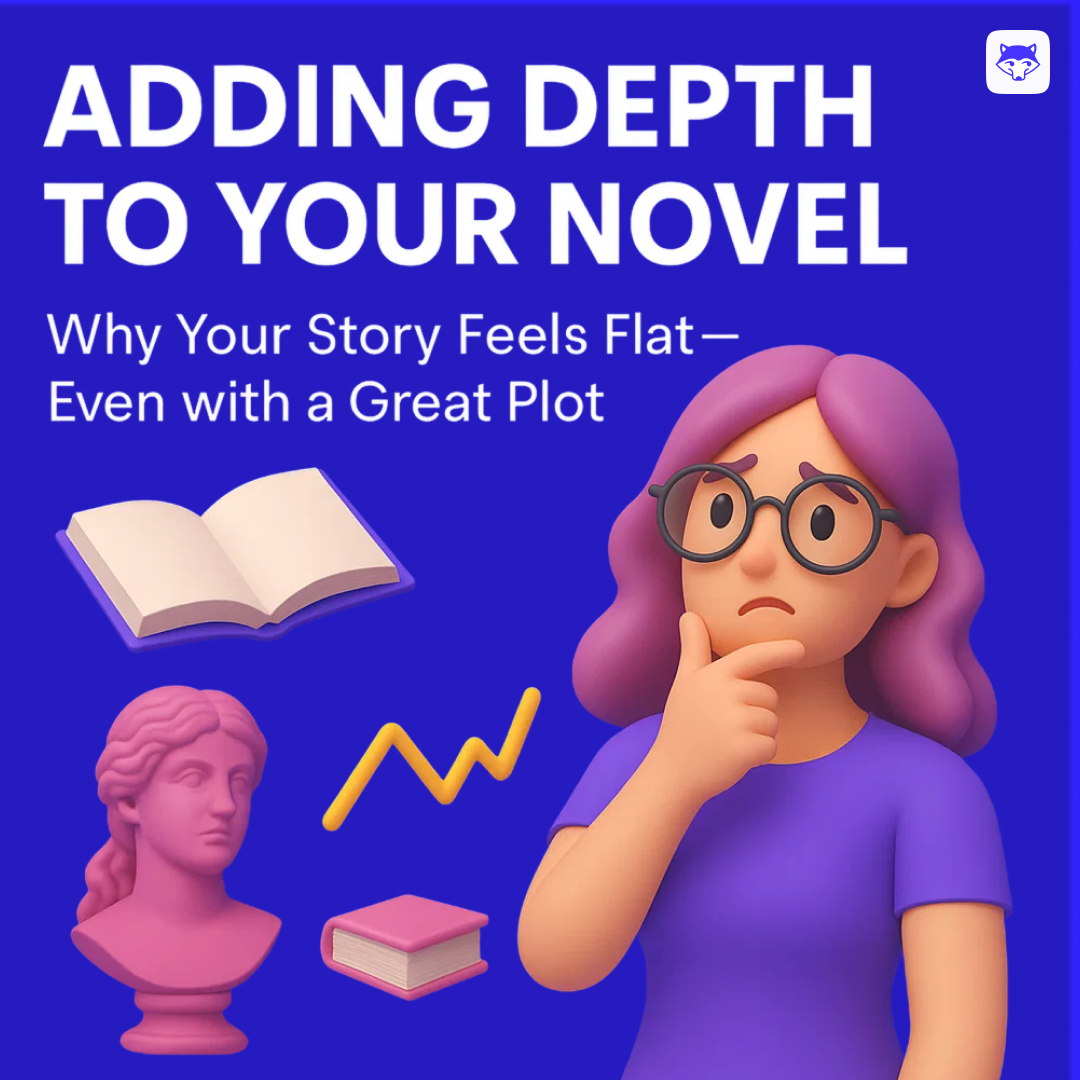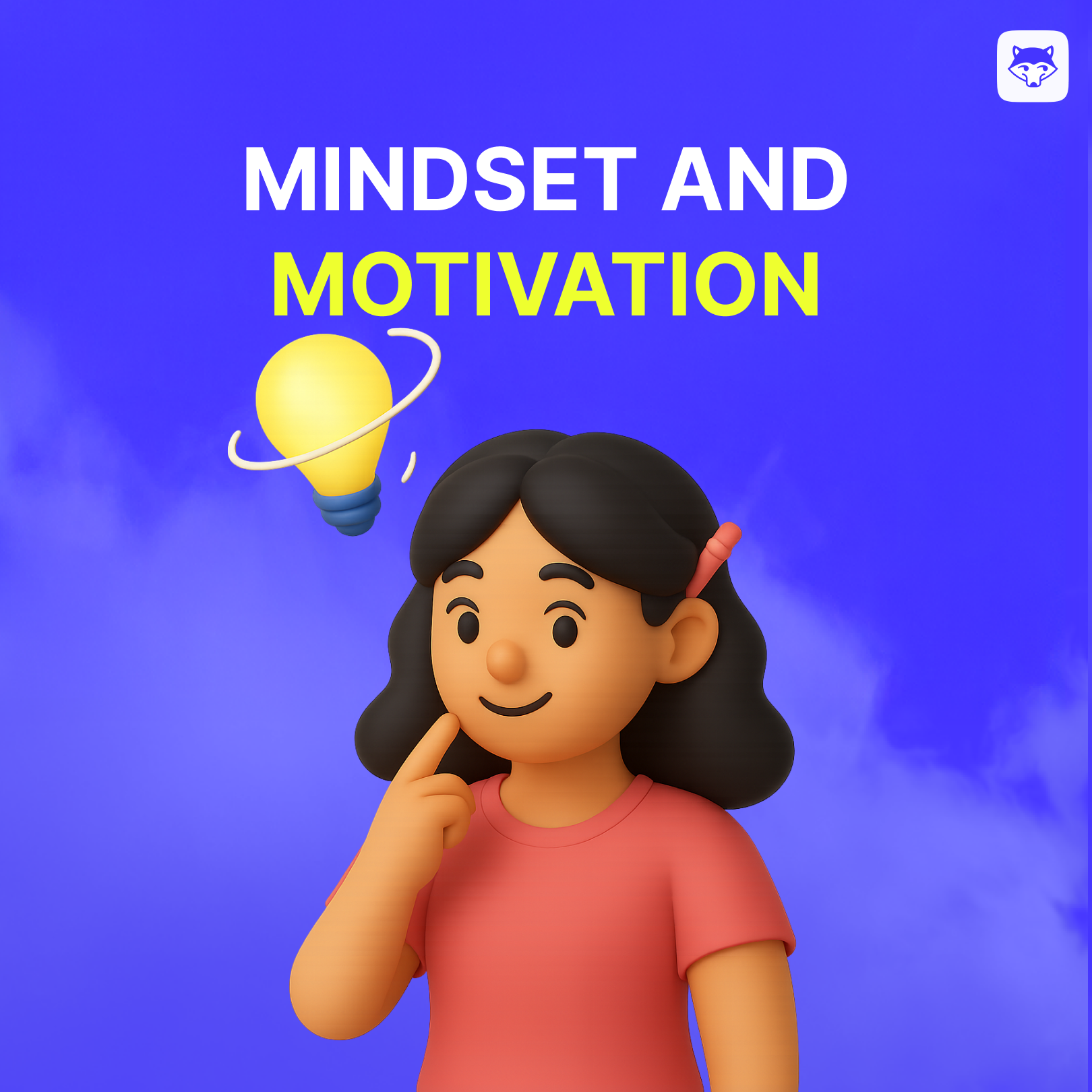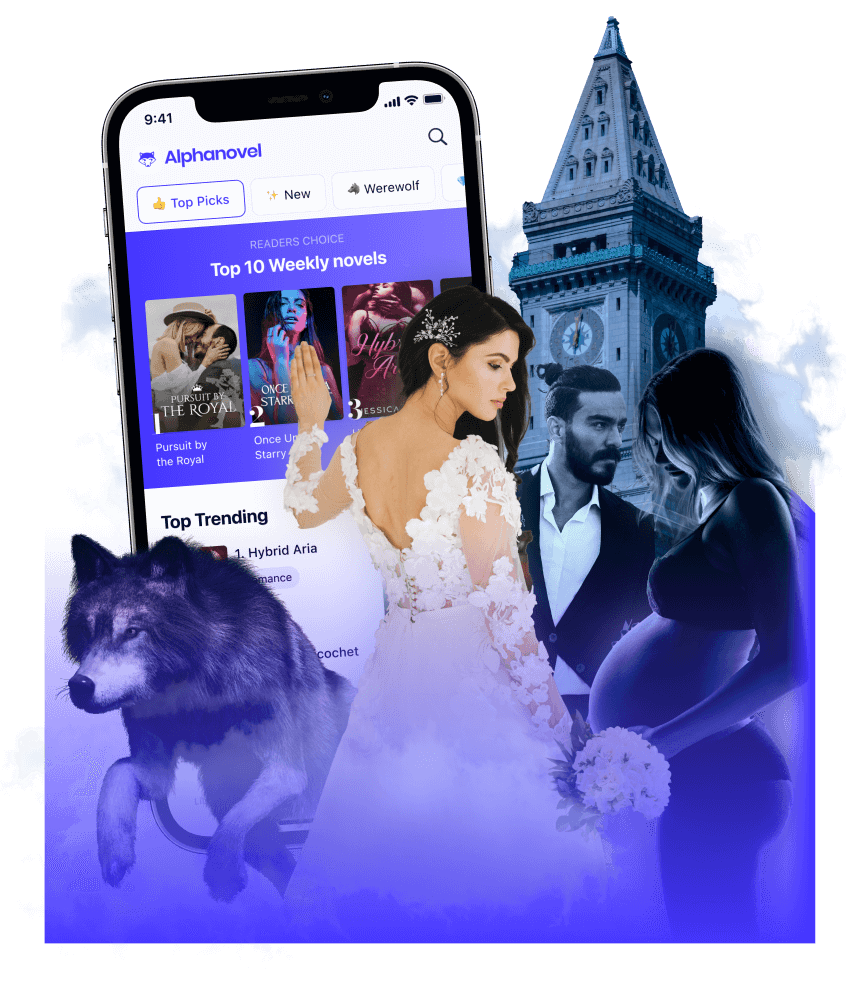Writing a blurb is like creating a trailer for your book. It is the first thing that gives a reader insight into what your story is about, and oftentimes that not, they act as the decision maker for them. Oh, this is interesting. I would like to read more. This is cliché, I’ve seen many more books like this.
It all depends on how you craft your blurb. It could be a popular trope, and they would still want to read it because of the carefully crafted blurb that teases with just enough information to draw them in, and barely enough to pique your reader’s curiosity 📈
Here, we will walk you through simple yet effective methods to make your blurbs irresistible.
Keep It Short And Simple
Aim for 150-250 words, depending on the complexity of your plot. Readers tend to lose interest if blurbs are longer and cumbersome.
Start With A Hook
One word, one sentence, one question, all of which create a sense of curiosity or mystery. Something that immediately pulls them into the world you have created; makes them feel like a part of it. So much so they flip the page without even realizing it. The first impression matters. The first sentence has to be carefully thought out.
Introduce Compelling Characters
This is a little tricky, but it works. For example; I am Catherine, a single mother of two and I have such terrible luck with men. This is an example of an introduction. Already, it’s a great hook, and it already has your readers getting familiarized with your character. They’ll want to find out why Catherine made such a claim. It provides an immediate connection between your characters and your readers.
Try High Points
Sometimes, one might find coming up with ideas for blurbs a tad difficult. In this case, you can pick out key moments in your work; interesting events, or turning points in the story to give readers a taste of what they can expect. You can rewrite these moments as a blurb. Shorten it if you need to, add a little fuss if necessary, but do not derail from the original storyline.
Avoid spoilers
While a blurb gives insight, it is important to refrain from giving too much detail. Leave things unsaid to spark curiosity. Don’t reveal MAJOR plot twists in a bid to rouse attention. A blurb should tease, not spoil❗️
Try Conflict
You can highlight the main conflict in your story, telling the readers what the characters have to go through; the problems that your story revolves around. If you choose this, you must ensure they understand what is at stake and the tension has to be palpable and endearing enough to make them want to see this.
End With A CliffHanger
A cliffhanger and a spoiler are different. Cliffhangers leave your readers ‘hanging’ with an unresolved situation, a sudden problem, a mind-blowing sentence or realization that comes out of thin air (but still helps the storyline. Do not deviate from the plot). It’ll encourage them to delve into your book in search of answers.
Test and Repeat
You can write different blurbs and test each of them in the app, find out which blurb generates more clicks. Adapt based on what works the most for you and make improvements if needed.
In conclusion, recall that the blurb is often the first impression readers have of your book, so invest time and effort into crafting it effectively. We hope this helps. Happy writing! 🤩





